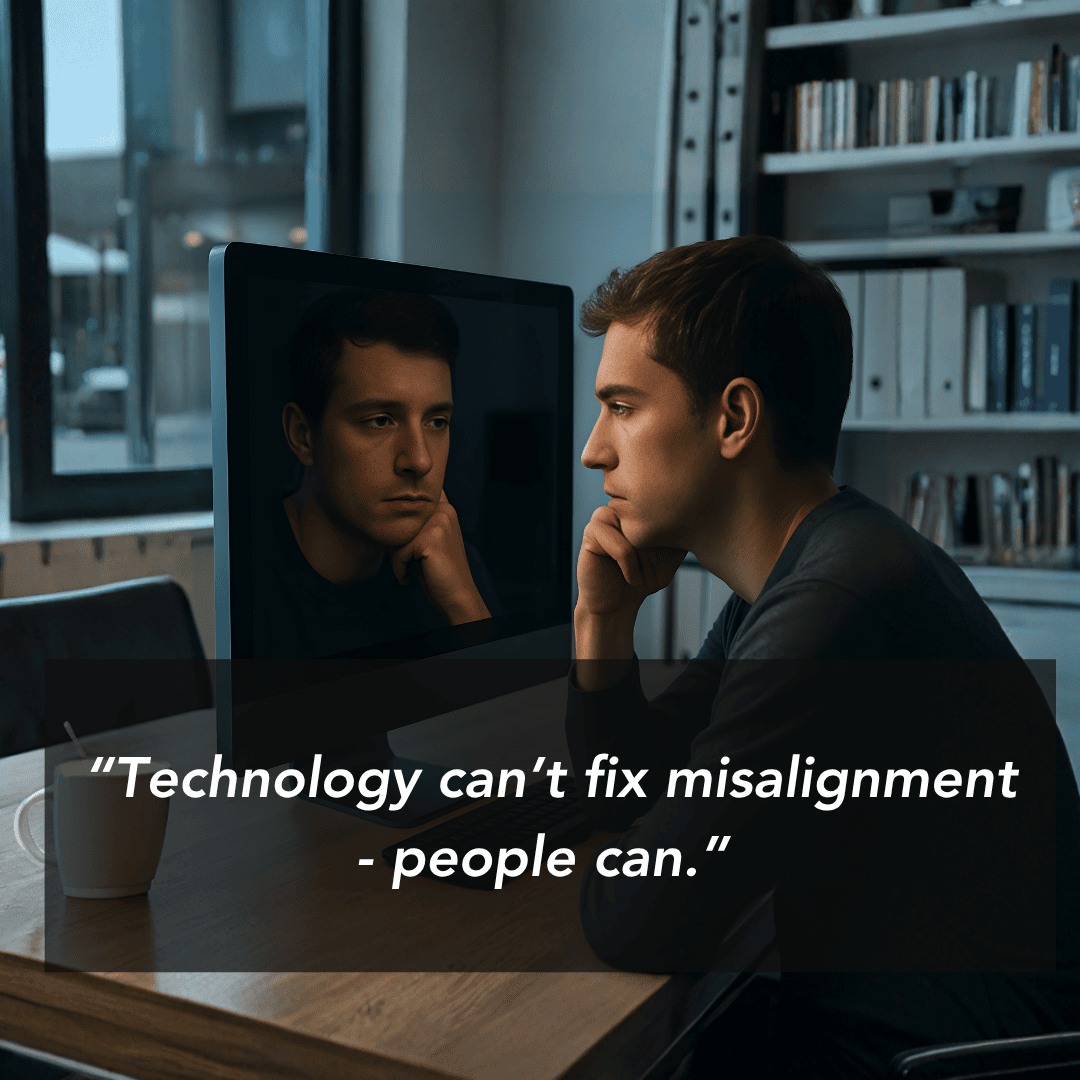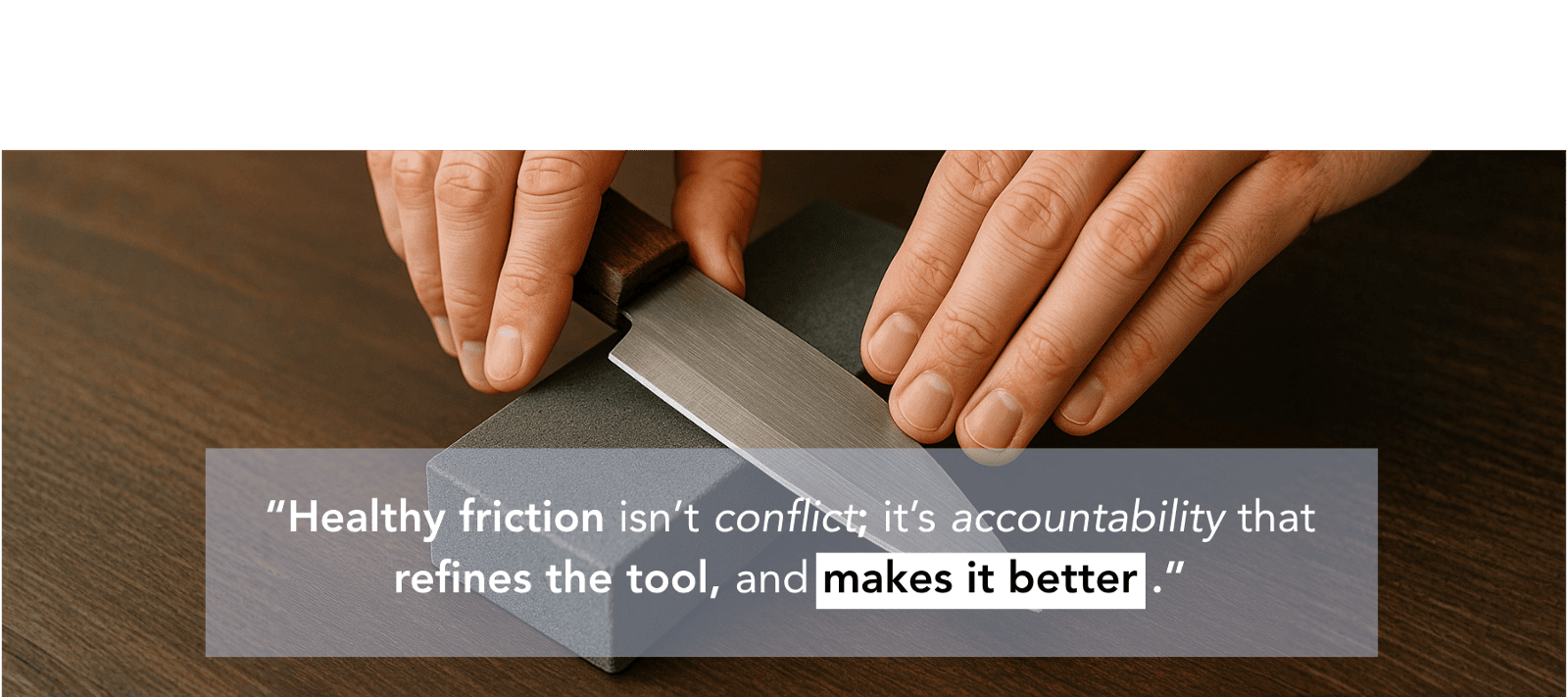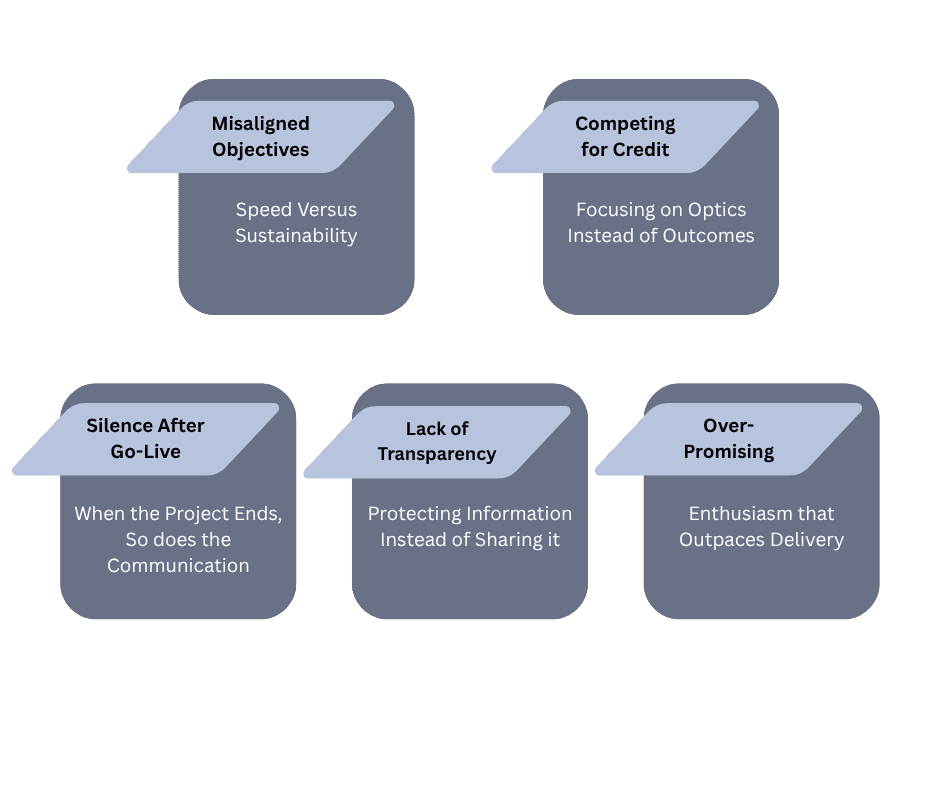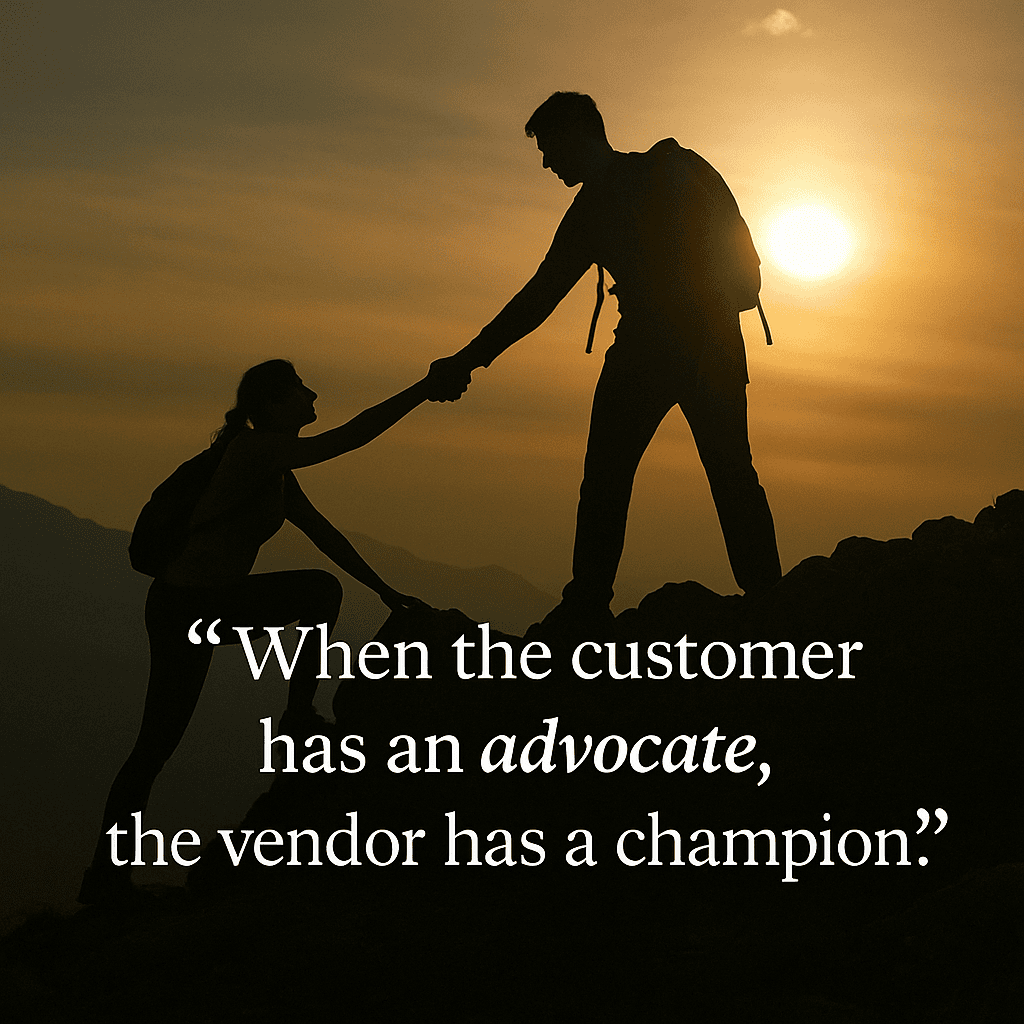Bridging the Divide: Building True Partnerships Between Consultancies and Technology Vendors in the Supply Chain
Partnership Works When People Do
Good partnerships don’t happen by accident. They’re built deliberately — on communication, trust, and a willingness to see beyond individual roles.
That means the technology vendor, the consultancy, and the customer each bring something different to the table. Vendors bring the product and innovation. Consultancies bring translation and operational context. Customers bring the real-world challenges and the people who live with the outcomes.
When those three pieces align, technology becomes an enabler. When they don’t, it becomes a bottleneck.
At Corvita Group, we see our role as the connective tissue between those pieces — bridging strategy and execution, technology and operations. We measure partnership not by the number of hours billed or tickets closed, but by the longevity of customer success after the project is done.
That’s the true test: what’s still working a year later.
"Technology can’t fix misalignment — people can."
Over the past few years, the supply chain has been flooded with new platforms, automation tools, and AI-driven promises. Yet despite all this innovation, many organizations still struggle to realize consistent value from their technology investments. The problem isn’t the software itself — it’s the disconnect between design and reality. The partnerships that close that gap are the ones that turn digital transformation from a buzzword into measurable performance.

The next wave of innovation will test every partnership model we know. Success won’t hinge on who owns the technology — it’ll hinge on who owns the relationship.
The Advocate vs. The Integrator
Corvita Group isn’t a third-party integrator. We’re a Customer Advocate — and that’s not a marketing slogan; it’s a mindset.
Third-party integrators tend to serve the project. Advocates serve the customer. Integrators deliver scope. Advocates deliver outcomes.
Our loyalty sits squarely with the organization using the technology, not the one selling it. That means we ask questions others might avoid:
Is this process being built for efficiency or for convenience? Is that configuration sustainable, or will it fail six months after go-live? Does this technology actually fit the operation, or are we forcing the operation to fit the tool?
Sometimes those questions create tension — especially when timelines and deliverables are on the line. But that tension is healthy. It keeps everyone honest and ensures the focus stays on what really matters: a system that works.
Advocacy doesn’t mean opposition. It means representation — and in an industry full of noise, that distinction matters. Our clients are being bombarded with marketing, and in the age of AI, the cost of noise has never been cheaper — but the value of clarity has never been higher.

Why Advocacy Matters to the Customer
For the customer, the advocate’s role changes everything. It gives them a voice when the conversation gets technical and a shield when the project gets political.
Advocates see what others miss. We notice the “unwritten rules” of an operation — the manual workarounds, the end-user habits, the quiet dependencies that never make it into a requirements document. We connect those realities back to the technology so that the final product isn’t just functional, it’s usable.
We also translate — turning technical jargon into plain language and operational nuance into actionable insight. The customer doesn’t get caught in the crossfire between development and delivery. They get a clear, shared path forward.
And because we stay involved after go-live, we help maintain alignment as the business evolves. That’s how technology investments turn into long-term success stories — not just one-time implementations.
Advocacy turns implementation into adoption, then into ownership.
The Pitfalls We All Know...and Still Fall Into
Even the best partnerships can go sideways. We’ve seen the same patterns repeat across dozens of projects:

"Most failures don’t happen suddenly — they erode quietly, one misstep at a time."
The fix isn’t complicated- communicate more than feels necessary, be honest about what’s not working, and keep the customer’s goals at the center of every decision.
It sounds simple. It rarely is. But it’s the only way partnership lasts
The Cost of Misalignment
The cost of misalignment is measurable. A delayed go-live, frustrated user base, or flawed workflow can erase months of investment and millions in potential ROI. But the real damage is cultural — it creates fatigue, frustration, and resistance that linger long after the project ends. Strong partnerships prevent that by staying proactive, not reactive — identifying risks early and keeping communication open before small cracks become fault lines.
When Everyone Wins
When partnership works, the results are unmistakable.
Customers see smoother implementations, faster adoption, and better ROI. Vendors get loyal advocates and cleaner data flowing back into product design. Consultancies earn trust and build long-term relationships instead of one-off projects.
That’s the ecosystem we’re all trying to build — one where accountability is shared, information flows freely, and success is mutual.
Because when the customer has an advocate, the vendor has a champion. And when both of those things are true, the system works — not just the software.

Closing Thought
The work ahead isn’t about new technology — it’s about better alignment. Every successful project, every long-term customer, and every sustainable partnership starts with that shared commitment to honesty and collaboration. That’s the foundation of every lasting success story — and the space where Corvita Group will always stand.
About Corvita Group
Corvita Group is a boutique consulting firm specializing in aligning technology with operations across the supply chain. With over 150 years of combined experience, our team bridges the gap between software and people — ensuring systems work for your business, not against it.
We’re not third-party integrators. We’re Customer Advocates — committed to a bottom-up approach that empowers end users, strengthens vendor relationships, and delivers measurable, lasting results.
